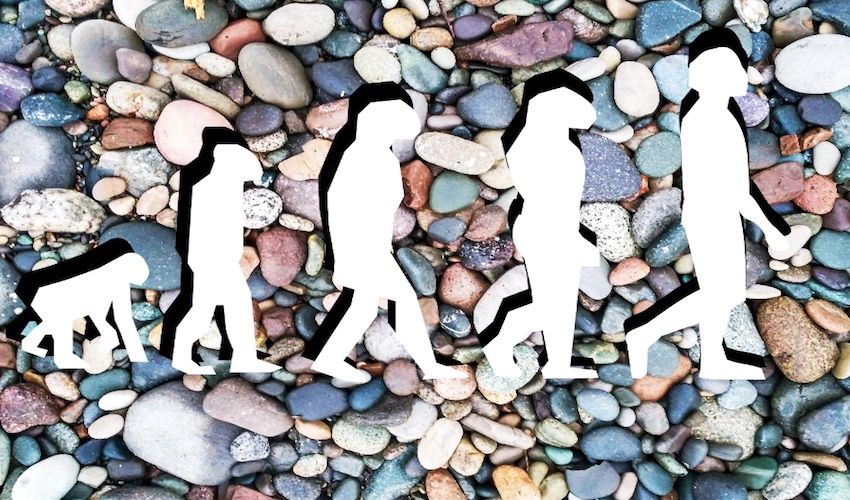

A team of ambitious geoarchaeologists are planning to set up camp in an isolated tower off Jersey's coast as part of an exploration of a submerged Ice Age landscape.
The team lead by UCL and Archaeology South East will be surveying Violet Bank, one of the many intertidal environments in the Channel Islands, where large areas of clay, peat and sand, hide prehistoric artefacts, structures and environmental records.
The aim of the project will be to discover what records of early human behaviour, ancient environment and past climate change, the Violet Bank holds. It also seeks to understand how people used this landscape before the sea inundated it around 6,000 years ago.
Taking advantage of one the world’s largest tides, the team will be arriving during the spring, when the tides are at their lowest. The water will uncover a further 10 km2 of Jersey's well-preserved Ice Age landscape, including the Neanderthal site of La Cotte de St. Brelade.
They will be spending a week at the Seymour tower - an 18th Century fortification surrounded by sea at high tide some 3km from land - where they will be cut off by the sea for long periods of time.
Video: Where the team will be staying. (Colonial Films)
During short four-hour excursions, the team will navigate, with the help of an expert guide, the puzzle-like gullies of the Violet Bank reef while taking many sediment samples, collecting stone tools and other artefacts.
The project team, funded by the British Academy and Leverhulme Trust, and supported by Jersey Heritage and the Société Jersiaise, has already been given some pointers by members of the island’s Société Jersiaise who have collected some evidence of human activity. They will be looking for areas of human activity around recent sands and shingles.
Project Leader Dr Matt Pope of the UCL Institute of Archaeology said: “The Violet Bank is a starkly beautiful and scientifically important landscape. We know there is a record of Neanderthal archaeology, extinct fauna such as mammoth and more recent prehistoric monuments out there waiting to be discovered and documented.
"This survey is about discovering how we can explore the seabed, in the short tidal windows available, in as methodological and safe a way as possible.”
Some Neanderthal artefacts already recovered from the Violet Bank are all made on good quality flint, which would have been accessible from areas that now form the sea bed, but which were accessible during the Ice Age when sea levels were much lower.
Pictured: The aim of the project will be to discover what records of early human behaviour, ancient environment and past climate change. (UCL Institute of Archaeology)
Jon Carter, Chief Executive of Jersey Heritage, a partner in the project, said his team were "delighted" to be a part of the "exciting and ambitious project to discover more about Jersey’s prehistory".
"The Island has an incredible Neanderthal story to tell and one that has already been placed on the international map by the ancient site of La Cotte de St. Brelade, located on Jersey’s south-west coast. La Cotte is just a glimpse of the Ice Age landscape that lies beneath the surface, both inland and out at sea, and we look forward to seeing what this new and innovative survey reveals.”
Comments
Comments on this story express the views of the commentator only, not Bailiwick Publishing. We are unable to guarantee the accuracy of any of those comments.